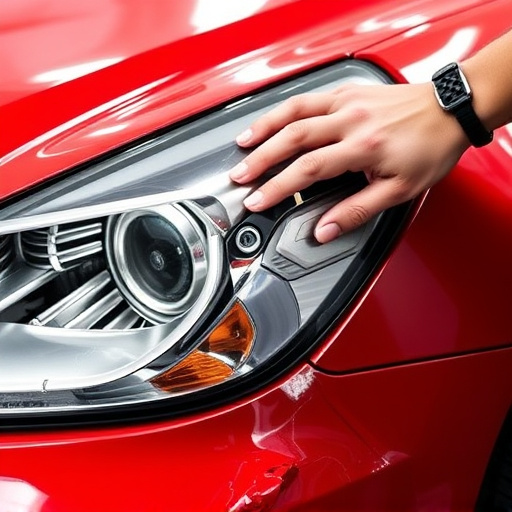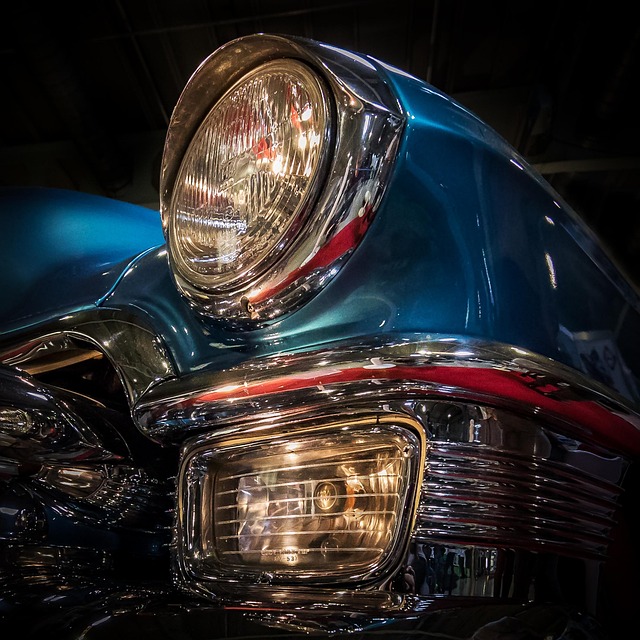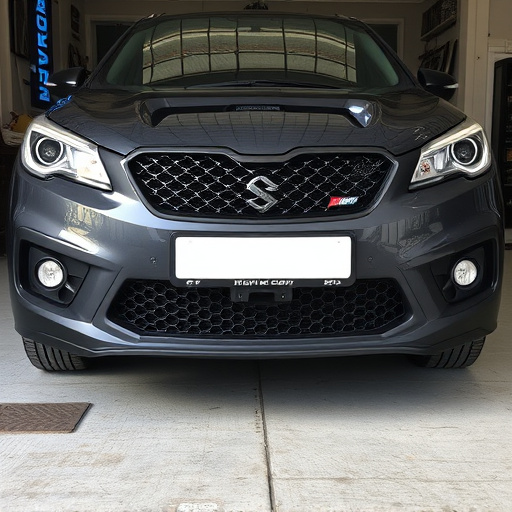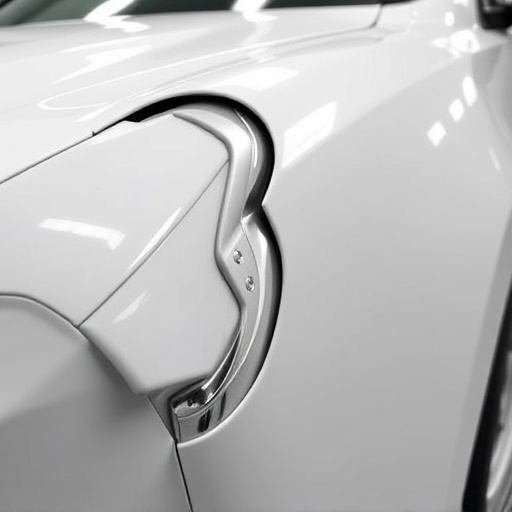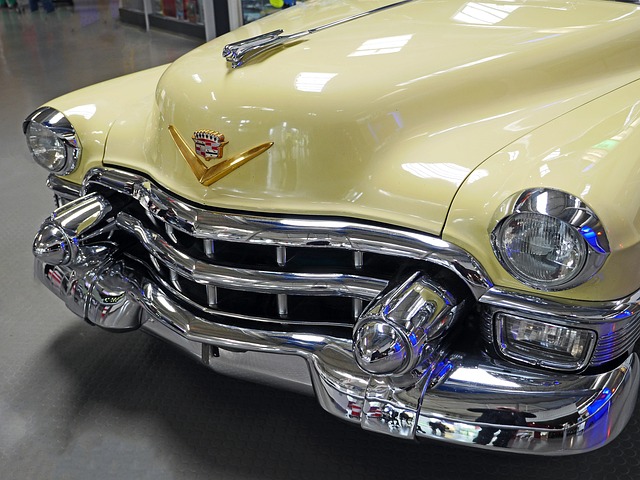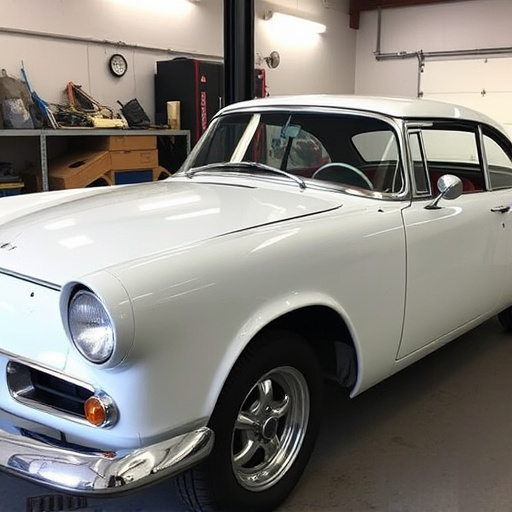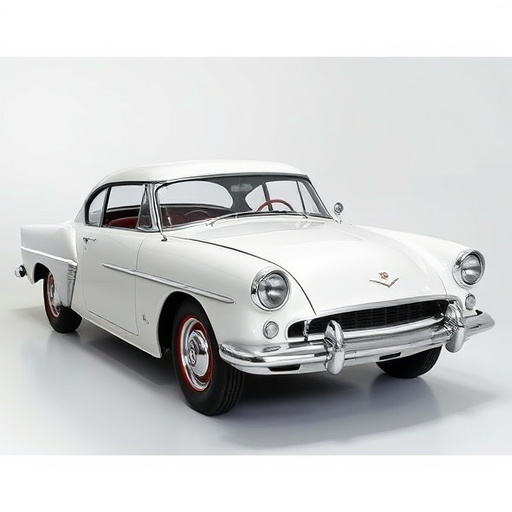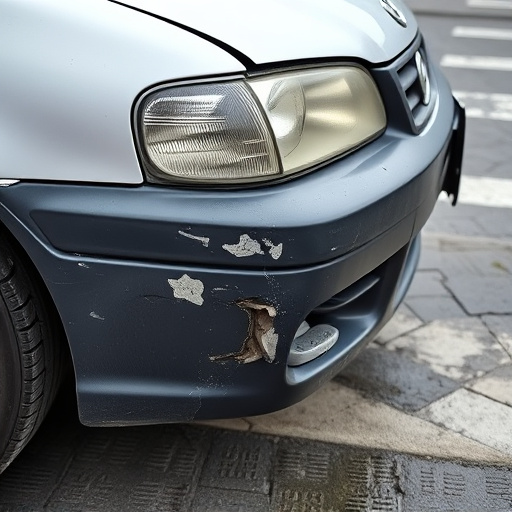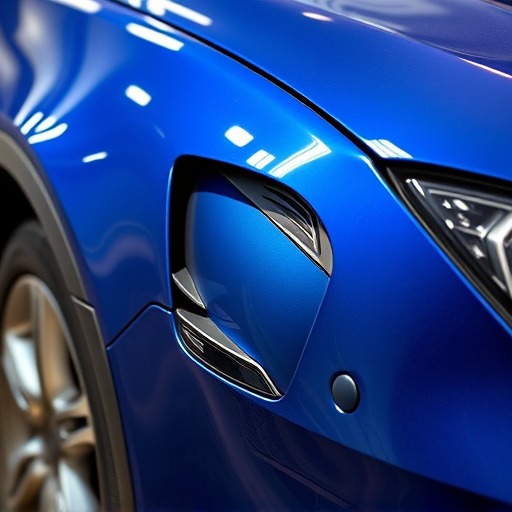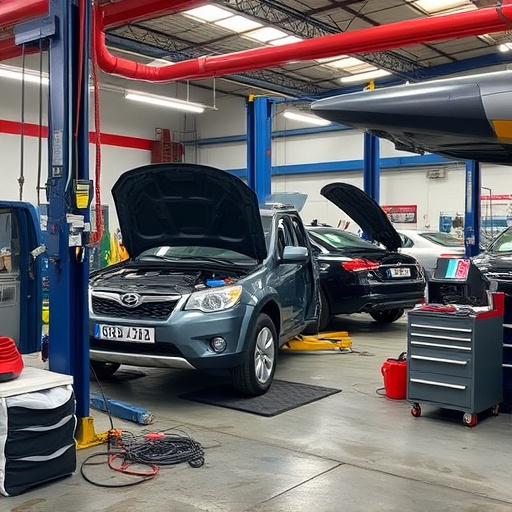Spectrophotometry analyzes light interaction for precise spectrophotometer color matching in vehicle repairs, particularly luxury cars like Mercedes Benz, ensuring vibrant, long-lasting finishes. Accurate results depend on proper sample preparation, standardized lighting, meticulous detail work, and calibration to match exact car colors.
“Dive into the world of precise color analysis with our comprehensive beginner’s guide to spectrophotometer color matching. Understanding spectrophotometry involves unraveling the science behind measuring light interactions with materials, enabling accurate color identification. This guide navigates preparing samples for optimal results, interpreting data for perfect color coordination, and leveraging this technology in various industries. By mastering spectrophotometer color matching, folks can enhance their workflow and ensure consistent, vibrant color outcomes.”
- Understanding Spectrophotometry for Color Analysis
- Preparing Samples for Accurate Color Matching
- Interpreting Results and Achieving Perfect Color Coordination
Understanding Spectrophotometry for Color Analysis

Spectrophotometry is a powerful tool for precise color analysis and spectrophotometer color matching. It’s based on measuring the interaction between light and matter, specifically how much light of different wavelengths is absorbed or reflected by a sample. When it comes to color matching in a vehicle body shop or even an auto collision center, this scientific principle ensures that each hue is accurately replicated for flawless repairs.
This process involves shining light through a sample, typically a small portion of the material being matched, and then using a spectrophotometer to analyze the resulting spectrum. This data allows technicians to determine exact color values, ensuring that colors in Mercedes Benz collision repair or any other make are not just similar, but an exact match. By leveraging this technology, professionals can achieve remarkable results, creating vibrant and long-lasting color matches that enhance the aesthetics of vehicles across all makes and models.
Preparing Samples for Accurate Color Matching

To achieve accurate spectrophotometer color matching, preparing your samples properly is key. Start by ensuring all materials are clean and free from any contaminants that could affect readings. This includes thoroughly washing and drying any surfaces or parts you’ll be measuring. For automotive repair services involving luxury vehicle repairs, this meticulous attention to detail is especially crucial when dealing with high-end finishes.
Next, standardize lighting conditions throughout the process. Use a controlled environment with consistent illumination to avoid variations that could skew your results. Consider using a spectrophotometer with integrated lighting adjustments or a dedicated light box to maintain uniform lighting across all sample measurements, ensuring reliable and reproducible color matching data for even the most discerning auto repair shop.
Interpreting Results and Achieving Perfect Color Coordination

When using a spectrophotometer for color matching, interpreting the results accurately is key to achieving perfect color coordination. These advanced instruments measure light absorption at specific wavelengths, providing precise data on a color’s shade, tone, and hue. By comparing this data with the desired color target, you can make minute adjustments to achieve an exact match. Whether you’re in an auto repair shop offering car bodywork services or working on a Mercedes-Benz repair, understanding these measurements ensures your restoration efforts result in a flawless finish.
To achieve optimal results, ensure your spectrophotometer is properly calibrated and the measurement conditions are controlled. Ambient lighting should be consistent, and the surface to be tested clean and free from any contaminants. By adhering to these best practices, you’ll be able to match colors with incredible accuracy, ensuring every repair, no matter the make or model, looks as good as new.
For the complete beginner, a spectrophotometer offers an accurate and scientific approach to achieving precise spectrophotometer color matching. By understanding the fundamentals of spectrophotometry, preparing samples correctly, and interpreting results diligently, you can achieve perfect color coordination in your projects. This guide serves as a foundational step towards mastering the art of color analysis with this advanced tool.
